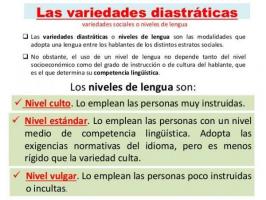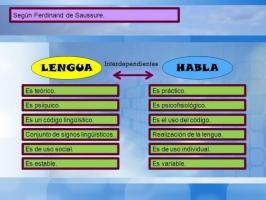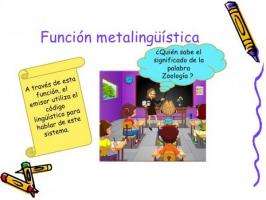WHAT is the PHATIC function of language
For Sara Caro. 30 august 2019

Image: Slideplayer
People are capable of communicating through language, which is what allows us to share information and meet the communication needs of an individual depending on a situation concrete. This means that the language offers different types of functions depending on the intention of the sender of the message. One of these functions of language is phatic.
But, What is the phatic function of language? How is it classified? In this lesson from unPROFESOR.com we are going to explain what the phatic function of language is and we are going to give some examples when we usually use it. Do not miss it!
The phatic function of language, which is also known as the relational function or the contact function, is the competence of language that has intention to maintain, prolong, interrupt, initiate, resume or end a communication. In short, the phatic function has practically no informative content since its objective is not to transmit information, but to facilitate contact to allow the transmission of language.
According to the discoverer of this function of language, Roman jakobson, we learn and develop it during childhood as a way of relating to people we do not know, to discover the world around us and to strengthen family ties.
Within the phatic language we find specific forms that put this type of linguistic competence into operation.
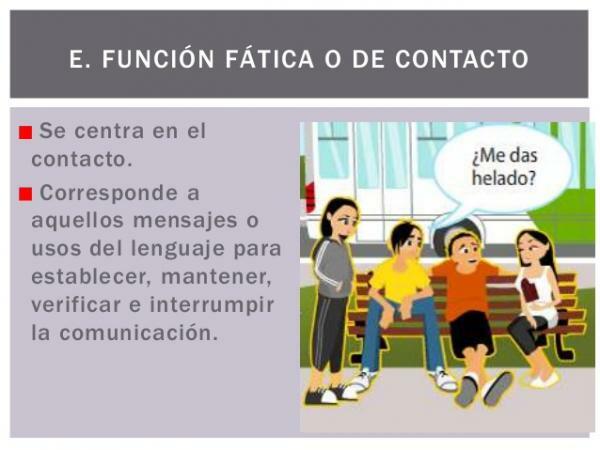
Image: Slideplayer
As we have advanced, phatic language consists of several types. Of course, all of them intend to establish some kind of contact between the sender and the receiver, and not so much the fact of transmitting specific information. They are as follows:
Forms of greeting
It is the language used to open the communication channel. It tells the sender that the communication channel is open and that a conversation can begin.
For example:
- Good Morning
- Good night
- Greetings
- How's it going?
Ways to interrupt and resume a conversation
In this case it is the language used to interrupt a message that is being broadcast. It is also used for resume a conversation or resume a message that had not been completed, but had been interrupted.
For example:
- Sorry (interruption)
- Wait for me a moment (interruption)
- What were we talking about? (resumption)
- As I was saying... (resumption)
Verification forms
This is the language the receiver uses to let the sender know that their message is being heard and that the communication channel is still open. In these cases it does not always have to be a spoken language.
For example:
- AHA
- Sure
- I understand
- I understand
Ways to give the floor
This form is used to open the communication channel with a person who was silent in conversation.
For example:
- What do you think?
- tell me
- He copies me?
Farewell forms
The issuer uses the farewell forms to communicate to the receiver that the communication channel is about to close, that is, that the conversation will end in the next few minutes.
For example:
- Goodbye
- Bye
- Hope to see you later

Image: Slideplayer
Now that we have seen the theory, we are going to know some of the examples key to knowing how to differentiate the phatic function of language from other types of functions.
- Good night!
- Good day!
- Hello.
- Do you listen me?
- Goodbye.
- Bye.
- What do you think?
- Hello?
- Excuse me a second.
- Well.
- We will continue tomorrow.
- They were?
- Understood.
- AHA.
- Now you can reply.
- Talking about the subject….
- As I was telling you ...
- Excuse me, I'll be back.
- Listen!
- I hear it.
- Agree.
- He copies me?
- Sir, excuse me.
- Anyone has any questions?
- See you.
- See you later.
- Can I ask you a question?
- Have a nice day.
- Understand.
- What was he telling me?
- This is how the cold war ended. Any questions?
- See you later.
- Any questions?
- Did you hear the information?
- Have a nice day.
- What did you mean?
- Listen!
- I understand.
- I appreciate your question.
- Now Later.
- Testing testing. One two Three…
- Ladies and Gentlemen.
- Sir, excuse me.
- What was he telling me?
- Are you there?
- What are you doing awake at this time?
- Well, as I was saying ...
- And now to begin.
- Thanks for your attention.
- Have a happy day.
- Have a nice time!
- Have a nice rest.
- Greetings to your family.
- I'll tell you later.
- Tell me the details.
- Anyone there?
- Thank you for your cooperation.
- First.
- And with this we are done.
- Perfect.
- I agree.
- Seem right.
- I will be there.
- Does anyone have anything else to add?
- One moment, please.
- Excuse me! I would like some information.
- If you'll excuse me, can you give me the time?
- Excuse me, I'll be back.
- Hello Maria! How's it going? How long without knowing about you
And here are some examples that you can use to practice. If you liked this lesson, you can leave us a comment with your questions or learn a little more about linguistics and grammar of the Spanish language. Be that as it may, from UNPROFESOR.com we will be happy to help you and solve all your questions.
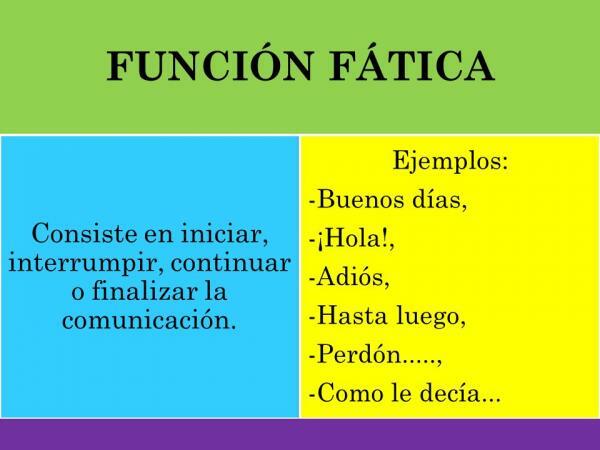
Image: Slideplayer

